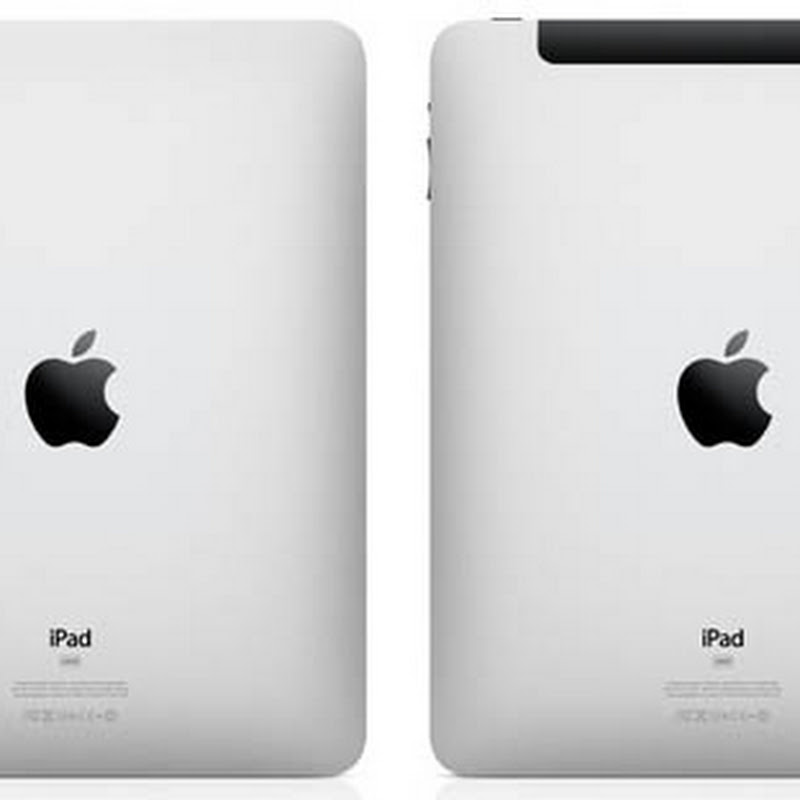The Media Edition of
Motorola's upcoming Xoom 2 Media Edition is a device very much aimed at people on the move. It's a smaller, easier to handle device that still packs a decent punch. To get a view of the device's quality we've decided to measure it against
Samsung's Galaxy Note, a device which has more power than most tablets twice its size.
SoftwareThe Motorola Xoom 2 Media Edition runs on version 3.2 of Android, otherwise known as Honeycomb, which is the version of the platform specifically tweaked and re-designed for tablet use.
The software is smart, fast and very easy to use and includes re-designed core apps, a neat new UI and plenty of other add-ons to boot.
There are plenty of apps on offer for the OS in the Android Market, but tablet-only apps seem to be a forgotten premise to Android devs, so don't choose the device if you're looking for tablet only applications.
The Samsung Galaxy Note has version 2.3.5 of Android installed, AKA Gingerbread, which is a fast, stable iteration of the software that runs excellently on the device, and is nicely augmented by Samsung's TouchWiz 4.0 UI.
The smaller screen size is perfect for making the most out of Android apps, and you won't rue the aforementioned lack of tablet support owing to the device's hybrid style making it more akin to a large smartphone than an actual tablet.
Both the Xoom 2 Media Edition and the Galaxy Note benefit from Google's operating system though, of that there can be no doubt.
Winner - Draw
PowerSamsung's Galaxy Note runs on the company's Exynos chipset, which consists of a 1.4GHz ARM Cortex-A9 dual-core CPU and a Mali-400MP GPU - both very capable processors.
The inclusion of 1GB RAM speeds things along nicely too, allowing the device to multi-task quickly and efficiently.
The Galaxy Note is pretty much as fast as you are, making it a really rewarding device to use.
The Xoom 2 Media Edition is driven by an nVidia Tegra 2 T20 chipset consisting of a dual-core ARM Cortex A9 1.2GHz CPU and ULP GeForce GPU, giving the device some real chops when it comes to gaming.
Motorola opted to fit the Xoom 2 Media Edition with 1GB RAM, the same as on offer in the full-size tablet, and the device is nice and fast as a result.
The Xoom 2 Media Edition also has 16GB of on-board storage, while the Galaxy Note is available in both 16 and 32GB flavours.
Both devices offer Micro SD card support.
Winner - Samsung Galaxy Note
Form & BuildMotorola Xoom 2 Media Edition - 216x139x8.9mm, 386g
Samsung Galaxy Note - 146.9x83x9.7mm, 178g
The Xoom 2 Media Edition is a vast improvement aesthetically over its predecessor. The cut-away corners and narrow bevel are reminiscent of a smartphone rather than a tablet, and the design really seems to work for the device.
Another nice feature of the Xoom 2 Media Edition is the build. It's solid, without being bulky, which is ideal for a device of its kind.
As you would expect from a device that's being touted as a more portable tablet, it's small and light and at just 9mm thick is only a shade off Apple's iPad 2 for thickness (which is 8.8mm).
The Galaxy Note is also extremely portably, but that's because it's something of a mutt. It's bigger than a smartphone yet miles smaller than even the most compact tablet.
The hybrid thing works well for the Galaxy Note though, and it's quite an attractive device to boot.
The build quality is sound enough too, though the plastic housing that Samsung insist on relying upon never really lends a feeling of prestige to its devices.
Winner - Motorola Xoom 2 Media Edition
CameraOne thing that Samsung has consistently done well in its mobile devices is photographic capability, and the Galaxy Note's 8-megapixel camera is a tremendous performer in ideal conditions.
The device has an LED flash, geo-tagging, touch focus, face & smile detection and image stabilisation too, as well as boasting 1080P video capture.
The device's secondary camera is a nice 2-megpixel front-facing effort which is ideal for video calling.
The Xoom 2 Media Edition offers a 5-megapixel camera with LED flash, autofocus and geo-tagging as well as 720P video capture. The camera is decent enough for a few snaps here or there but the results, even in fine conditions, won't win any contests.
Similarly the front-facing 1.3-megapixel camera is good, but un-exceptional.
Winner - Samsung Galaxy Note
DisplayThe Samsung Galaxy Note has a 5.3-inch Super AMOLED screen which operates at a resolution of 800 x 1280 and offers up a pixel density of 285PPI. Put bluntly, the Galaxy Note's screen is a stunner! It's vivid, responsive and just looks super sharp and bright.
The Xoom 2 Media Edition features a plain old 8.2-inch TFT touchscreen which is nice but, again, un-exceptional. Performance-wise it's fine and dandy, responding well to the touch and displaying nice, vivid colours, but it seems to do just enough, rather than offering anything of note (no pun intended).
Winner - Samsung Galaxy Note
It's a decisive victory for the Samsung Galaxy Note.
The device may be small, but it packs a mighty wallop and if you're in the market for something a little bigger than your average smartphone you should have a long look at the Note before you make a decision. It's fast as lightening, small and very well spec'd.
The Xoom 2 Media Edition is a nice device. There can be no doubt of that. But at its heart there isn't anything new, special or interesting to capture ones eye.
It's very well built and the design is pleasing, but beyond that we can't think of any reason to choose the Xoom 2 Media Edition before one of the many other 'mini' tablets on the market.







 12:00 AM
12:00 AM
 Simranpal SIngh
Simranpal SIngh











































